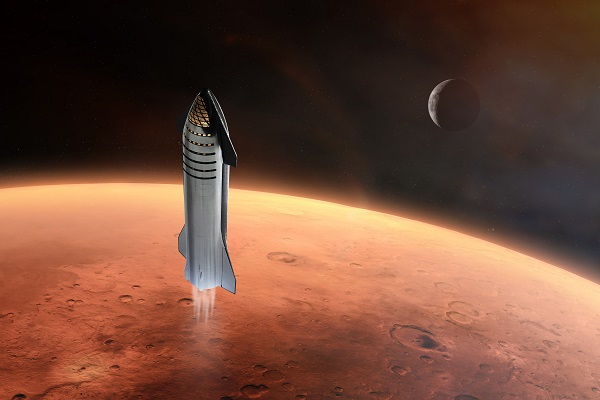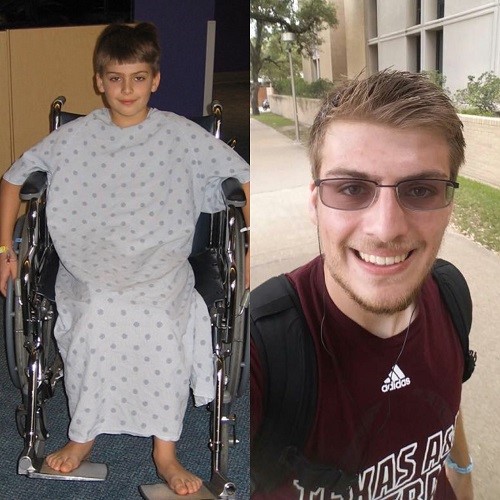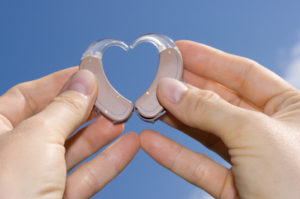
In recent years, there has been much talk about sending humans to Mars, with a number of private companies, including SpaceX, vying to be the first to achieve this historic feat. While there are a number of factors that will play a role in determining who will be the first to send humans to Mars, there are several reasons why SpaceX is likely to be the first to achieve this milestone.
Firstly, SpaceX has a proven track record of innovation and achievement. The company was founded by entrepreneur Elon Musk, who is known for his ambitious goals and his ability to deliver on them. Musk has already disrupted the space industry with SpaceX’s successful development of the Falcon 9 rocket, which has been used for both cargo and crewed missions to the International Space Station (ISS). SpaceX has also made significant strides in reusable rockets, which could significantly reduce the cost of space travel.
Secondly, SpaceX has a clear and ambitious roadmap for reaching Mars. The company’s long-term goal is to establish a self-sustaining city on the red planet, which would require numerous manned missions to transport people and supplies. To achieve this goal, SpaceX has developed the Starship spacecraft, which is designed to be a fully reusable spacecraft that can carry up to 100 people to Mars at a time. The company plans to use its existing Falcon rockets to launch Starship into orbit, where it will be refueled before making the journey to Mars.
Thirdly, SpaceX has significant funding and resources at its disposal. The company has already secured significant investments from private investors, including Google and Fidelity, and has also secured funding from NASA through the Commercial Crew Program. This has allowed SpaceX to invest heavily in the development of its Starship spacecraft, as well as other technologies that will be needed to support a manned mission to Mars.
Fourthly, SpaceX has a culture of innovation and experimentation that sets it apart from other companies. The company is known for its willingness to take risks and to try new things, which has been a key factor in its success so far. SpaceX has also shown a willingness to work with other companies and organizations, such as NASA, to achieve its goals. This collaborative approach could prove to be a significant advantage as the company works towards sending humans to Mars.
Finally, SpaceX has a clear and compelling vision for why it wants to send humans to Mars. The company believes that establishing a self-sustaining city on Mars is not only possible, but necessary for the long-term survival of humanity. By establishing a second home on Mars, humans would be able to protect themselves from catastrophic events on Earth, such as asteroid impacts or nuclear war, while also advancing our understanding of the universe and potentially discovering new forms of life.
In conclusion, while there are a number of private companies that are working towards sending humans to Mars, SpaceX is likely to be the first to achieve this milestone. The company’s proven track record of innovation and achievement, its clear and ambitious roadmap for reaching Mars, its significant funding and resources, its culture of innovation and experimentation, and its compelling vision for the future of humanity all set it apart from other companies in the space industry. While there are still many challenges that must be overcome before humans can set foot on Mars, it seems clear that SpaceX is well-positioned to be the first to achieve this historic feat.



 As I was standing in the greeting card section of the grocery store a couple of days ago, I just couldn’t find a card that could adequately express the love that I feel for you. It needed to be really special in order to honor our 25 year of marriage. So, I decided to write you a letter instead.
As I was standing in the greeting card section of the grocery store a couple of days ago, I just couldn’t find a card that could adequately express the love that I feel for you. It needed to be really special in order to honor our 25 year of marriage. So, I decided to write you a letter instead. The years have made you beautiful. I know that we both have felt a little distressed when we look in the mirror and say to ourselves, “Oh, that’s new.” But to me you will always seem young, vibrant, and desirable as the day I fell in love with you. Twenty five years ago, I had no idea that I would marry a woman that would become more beautiful to me as time passed. And that is the way our love goes: it grows more beautiful with each passing day. We have been through so much together. I know we can weather the years ahead, because we are one and we are united with a bond that can never be broken.
The years have made you beautiful. I know that we both have felt a little distressed when we look in the mirror and say to ourselves, “Oh, that’s new.” But to me you will always seem young, vibrant, and desirable as the day I fell in love with you. Twenty five years ago, I had no idea that I would marry a woman that would become more beautiful to me as time passed. And that is the way our love goes: it grows more beautiful with each passing day. We have been through so much together. I know we can weather the years ahead, because we are one and we are united with a bond that can never be broken. The hearing aids of today are light years ahead of the hearing aids made just a decade ago. I should know, because I’ve been wearing hearing aids for almost 18 years now. In fact, the changes in size, shape, and technological advances have been nothing short of amazing. For example, new micro-processor technology has allowed hearing aids to be so tiny, they can sit on a fingertip; and at the same time, provide amazingly natural-sounding hearing. So, people who need a little help hearing can get it “invisibly” and comfortably.
The hearing aids of today are light years ahead of the hearing aids made just a decade ago. I should know, because I’ve been wearing hearing aids for almost 18 years now. In fact, the changes in size, shape, and technological advances have been nothing short of amazing. For example, new micro-processor technology has allowed hearing aids to be so tiny, they can sit on a fingertip; and at the same time, provide amazingly natural-sounding hearing. So, people who need a little help hearing can get it “invisibly” and comfortably.